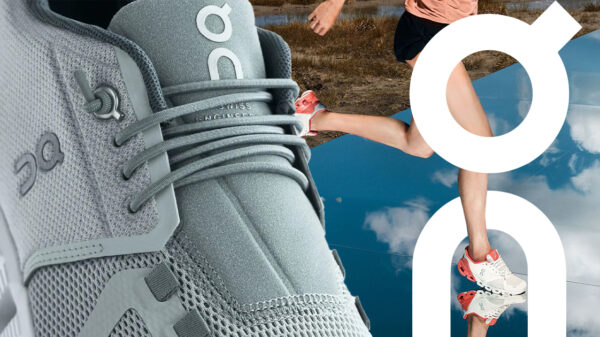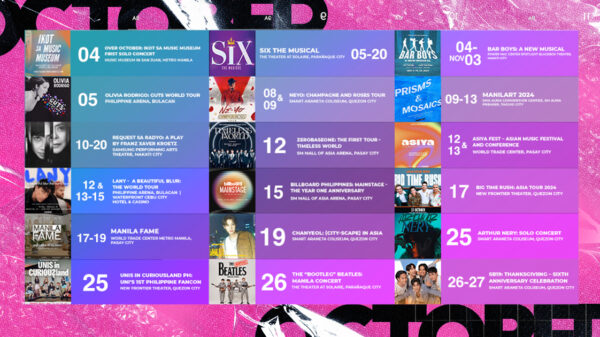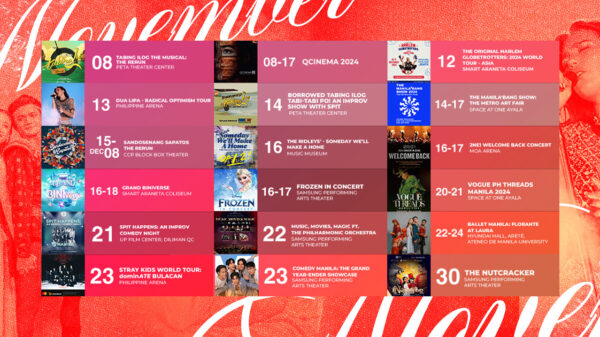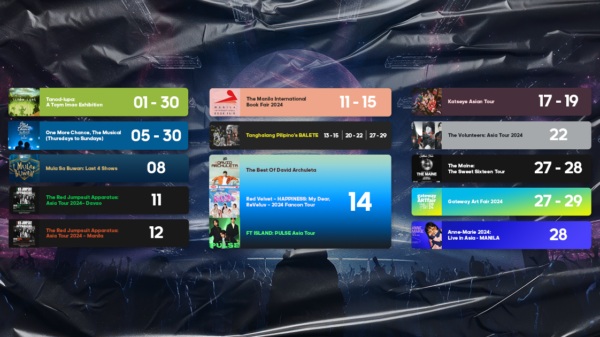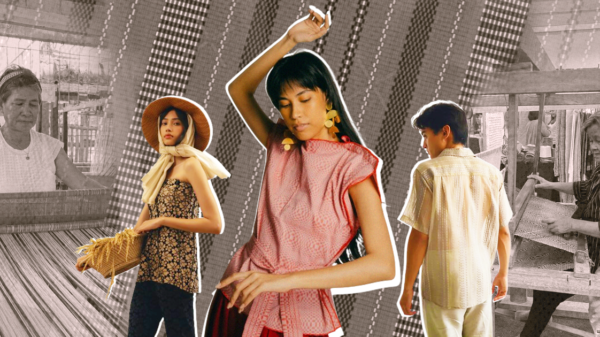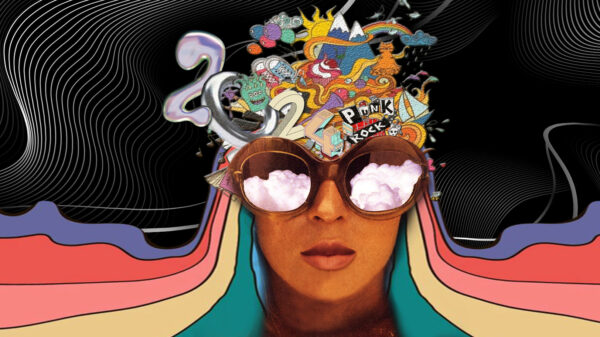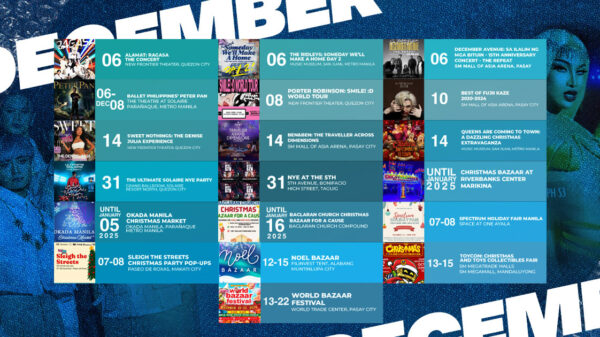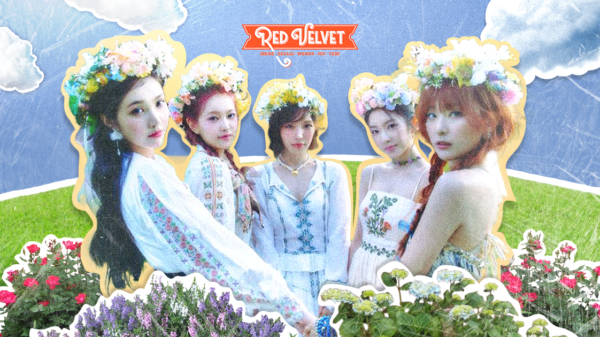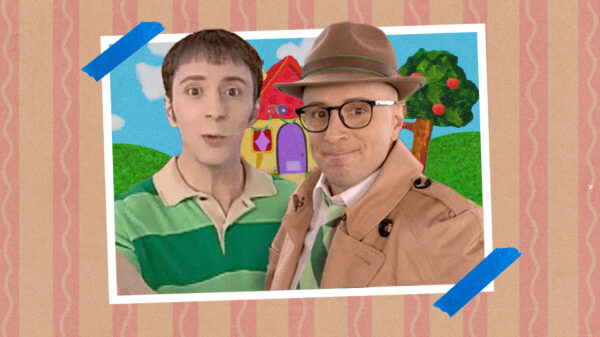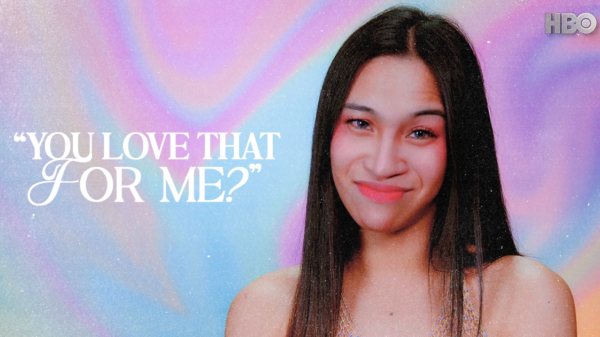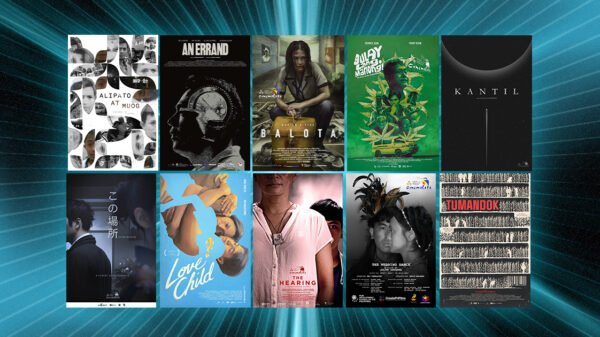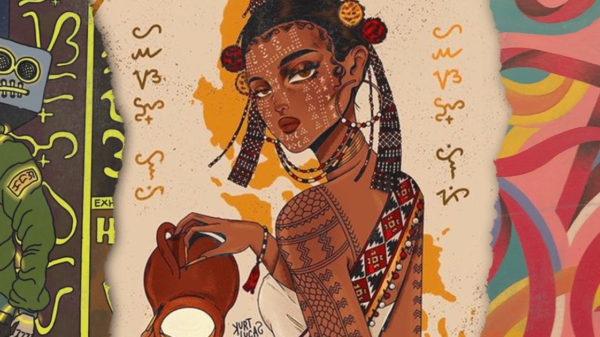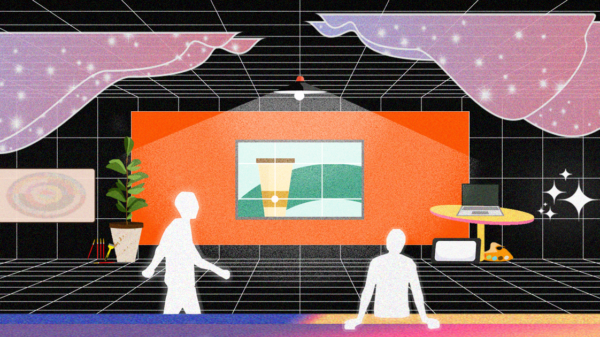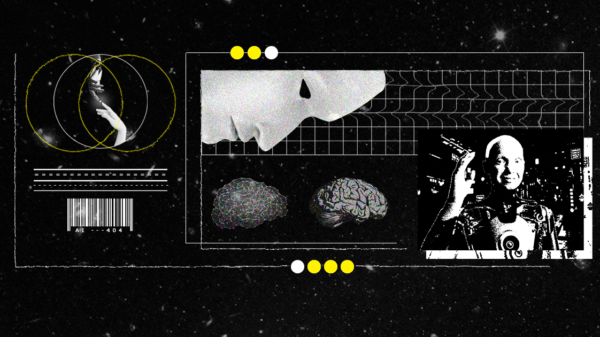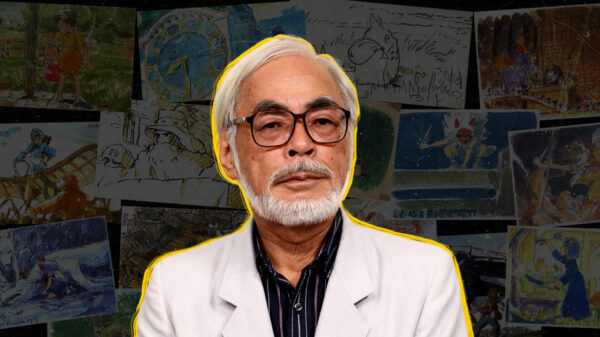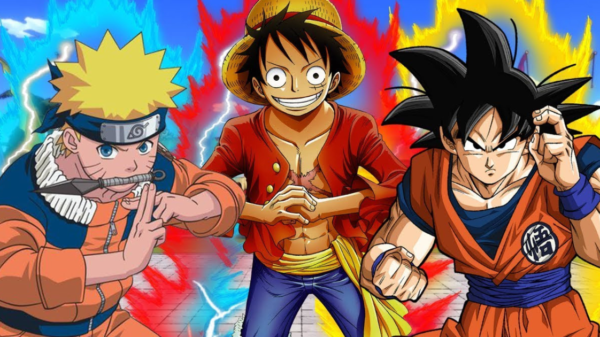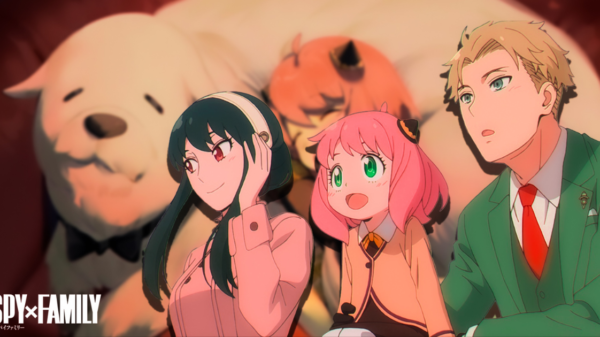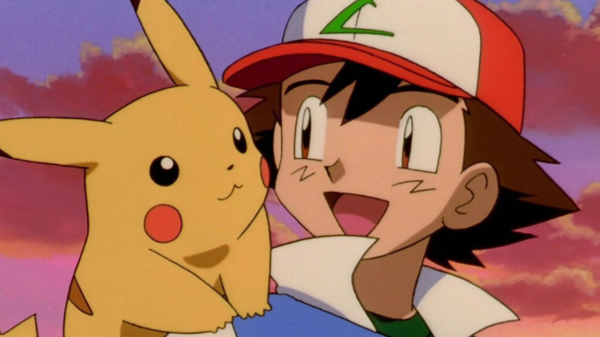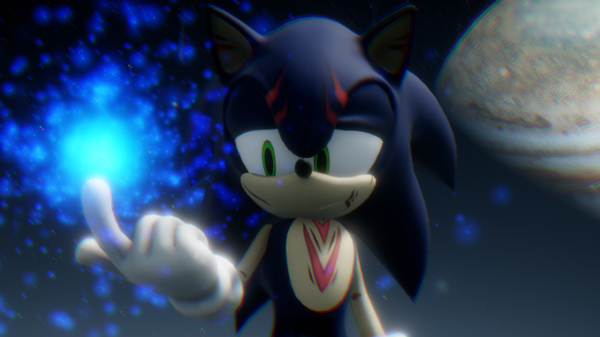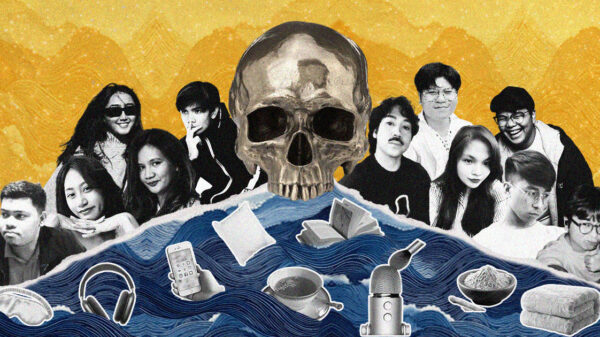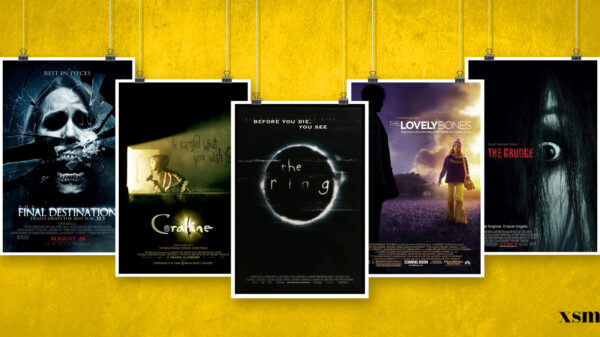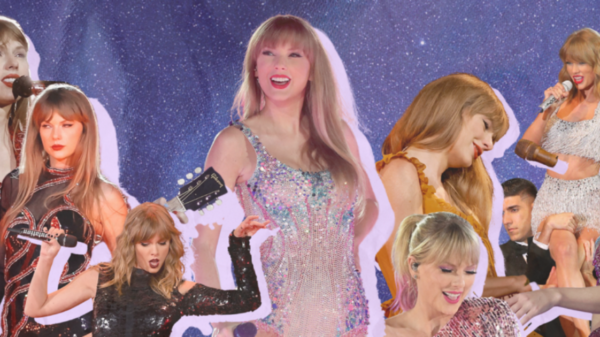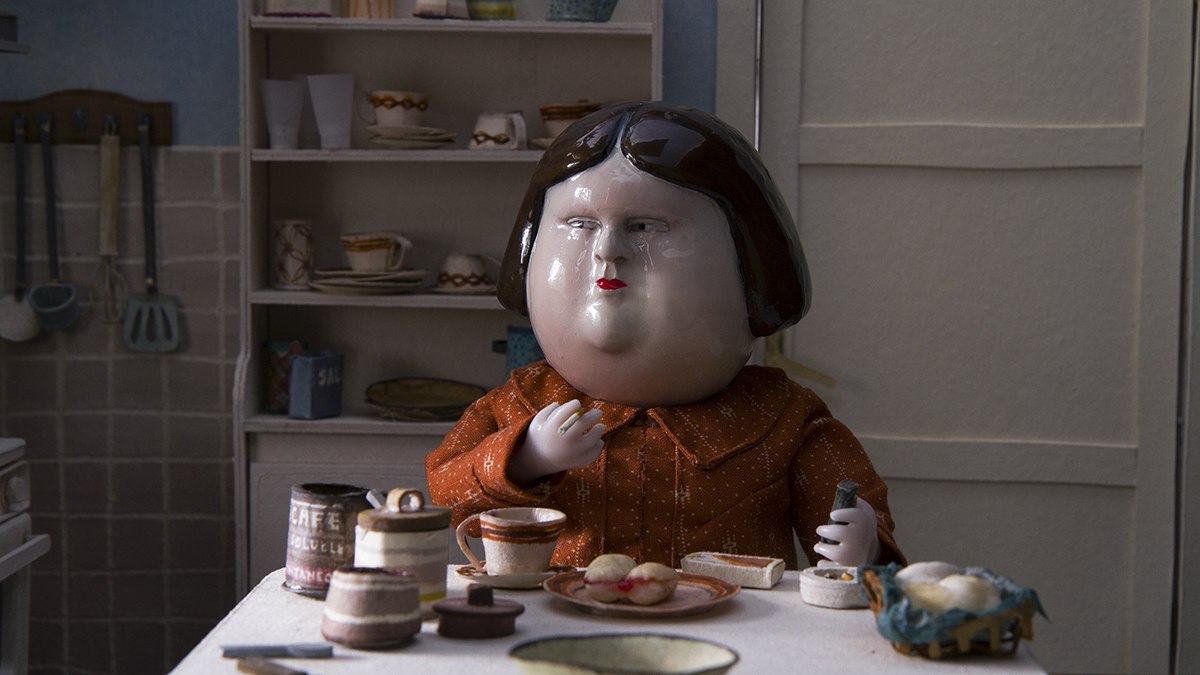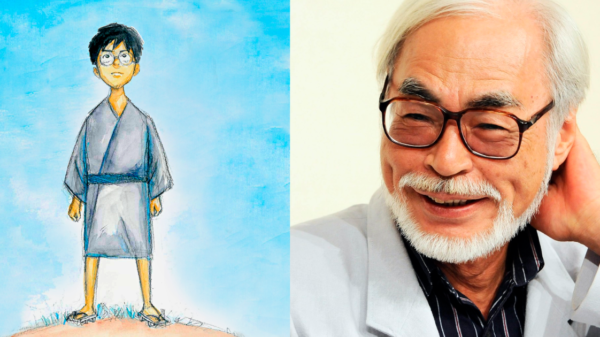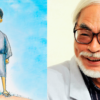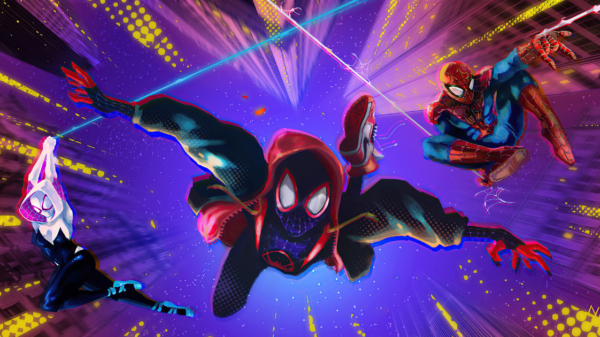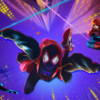This outstanding stop-motion film is defying its own future after its world recognition and massive success.
‘Bestia’ earned a place among the contenders for the most sought-after award in world cinema. It presents a story with a harrowing atmosphere at the height of the Pinochet dictatorship that lays bare a turbulent past in Chile that many prefer to forget.
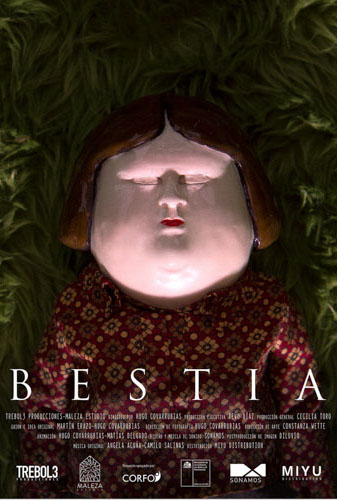
This story was inspired by Ingrid Olderock, a DINA agent during the Chilean military dictatorship.
Covarrubias based part of his story on the book by Nancy Guzman, Ingrid Olderock, the woman with the dogs, where the frustration, paranoia and mental incongruity of the cruel torturer were first revealed. However, in detaching himself from the text, the director decided to delve into the character’s psyche, see beyond the violent police agent, and discover a human being full of traumas.
What sets Bestia apart from all stop-motion films is that, this was created by a self-taught Chilean animator, Hugo Covarrubbias, who steadily honed his own craft in the last 15 years.
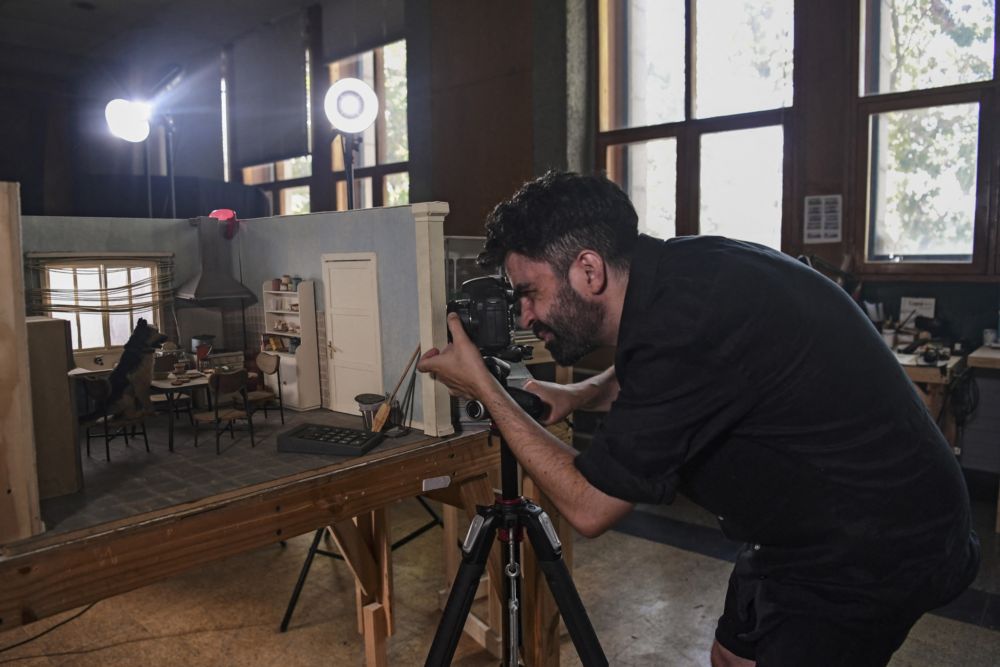
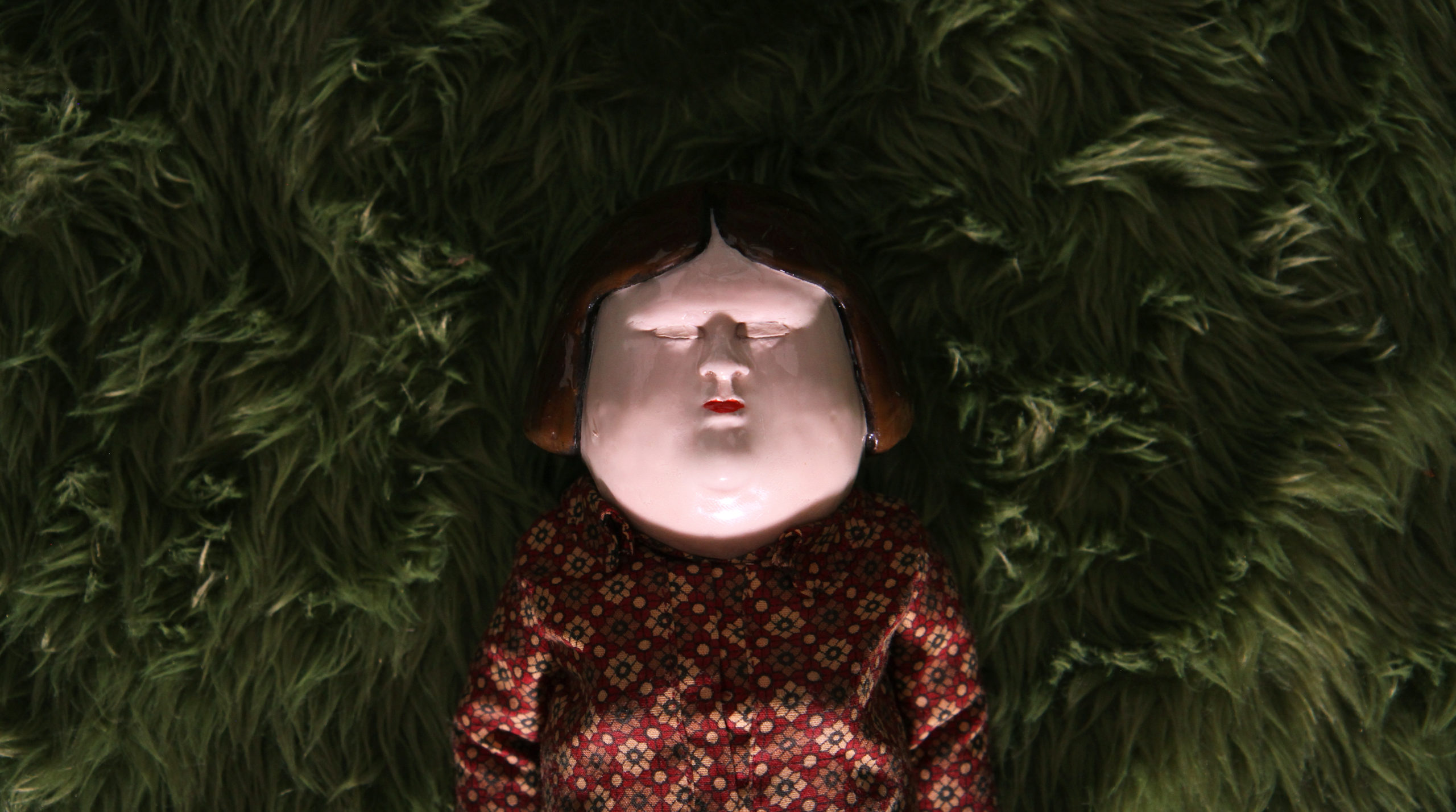
In an interview, he mentioned that he had to create a play that would have an important visual component and he thought about: animation.
“I had no idea how to do stop-motion animation, so I started researching. Back then the internet wasn’t what it is today, there wasn’t as much information, but I found some digital and physical books to learn about this technique.” Covarrubias said.
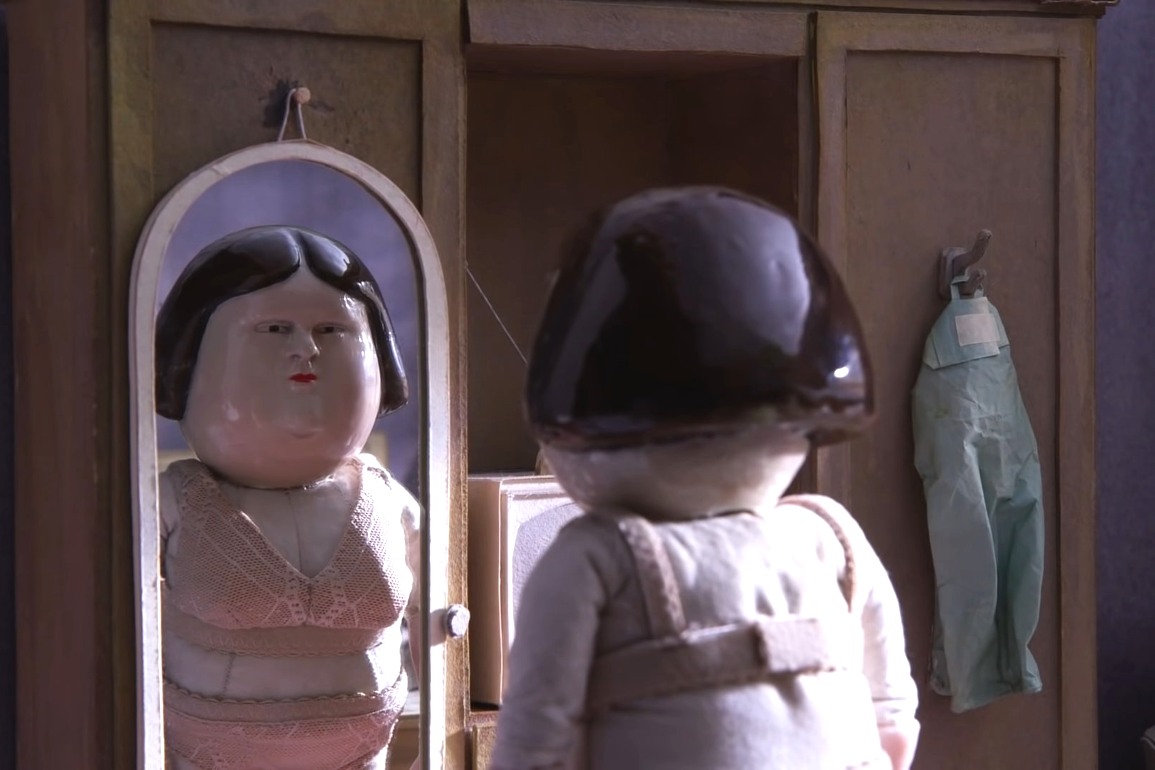
In the tone of his first works, it may seem so obvious that he based his first works in the macabre undercurrents of Czech masters. Covarrubias has a long way to go in discovering his own visuals. He even mentioned that he started to develop an aesthetic that centered on darkness within human beings and when he said aesthetics, he meant narrative and visuals.
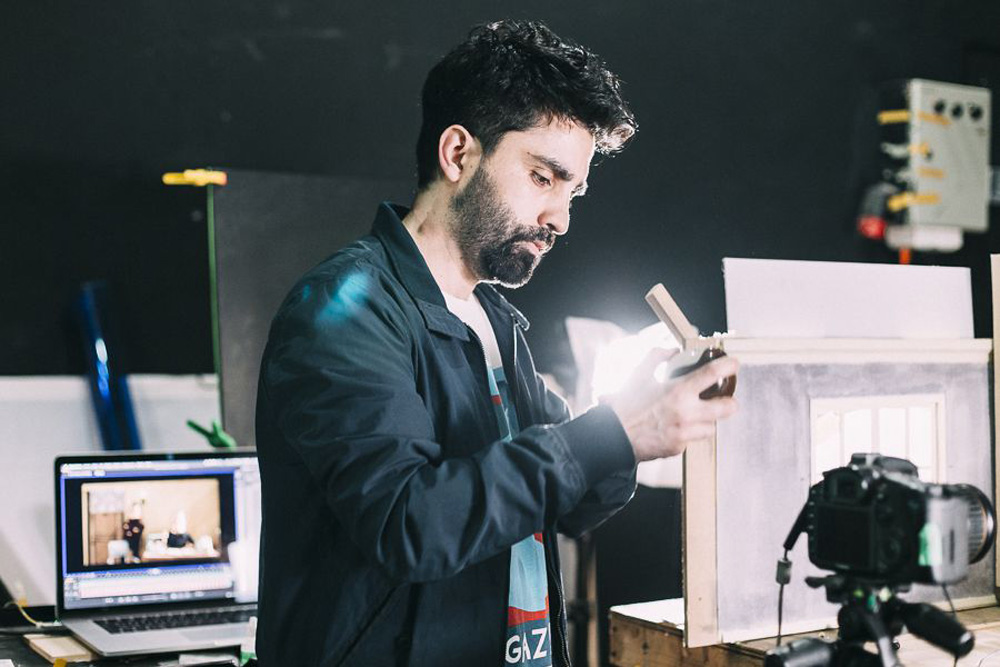
When asked about why he created ‘Bestia’ and why he has chosen Ingrid Olderock as his inspiration and subject,
He said, “A few years ago we had an idea for a series about figures in Chile’s political history who were still not as famous. Another one of those figures was Ramón Ramon, one of the first anarchists in Chile who was actually from Spain. Among them was Ingrid Olderock, who was mentioned in multiple stories and since she was a more contemporary character than the others we were considering, she captivated our attention. There is also a certain parallelism between her story and our current times. During production the most recent social uprising in Chile took place, and everything about this short made more sense.”
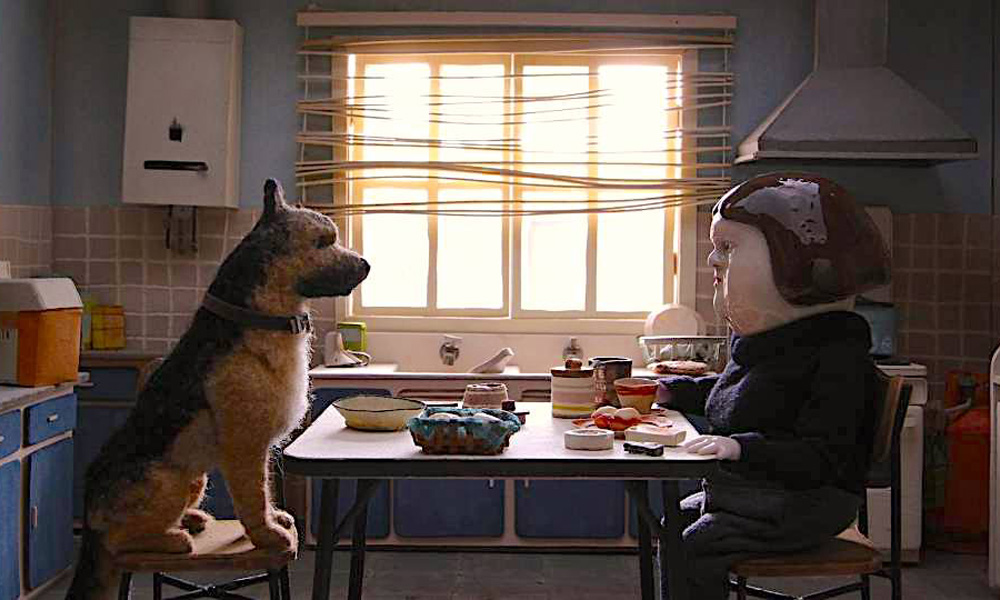
Since this was a very interesting take, the team planned to create this as episodes but because of the limited budget they have, they made it happen through shorts.
Covarrubias used historical evidence as the foundation of his work and that made it stood out from all the rest. Though based on historical facts, he said that it’s more on the fictionalized take but made it very cartoon-ish.
“Animation let us into what happens in her head; it’s a medium that benefits those mental images. All of the surrealist and dreamlike elements that the short film explores exist because of the animation.” Covarrubias said.
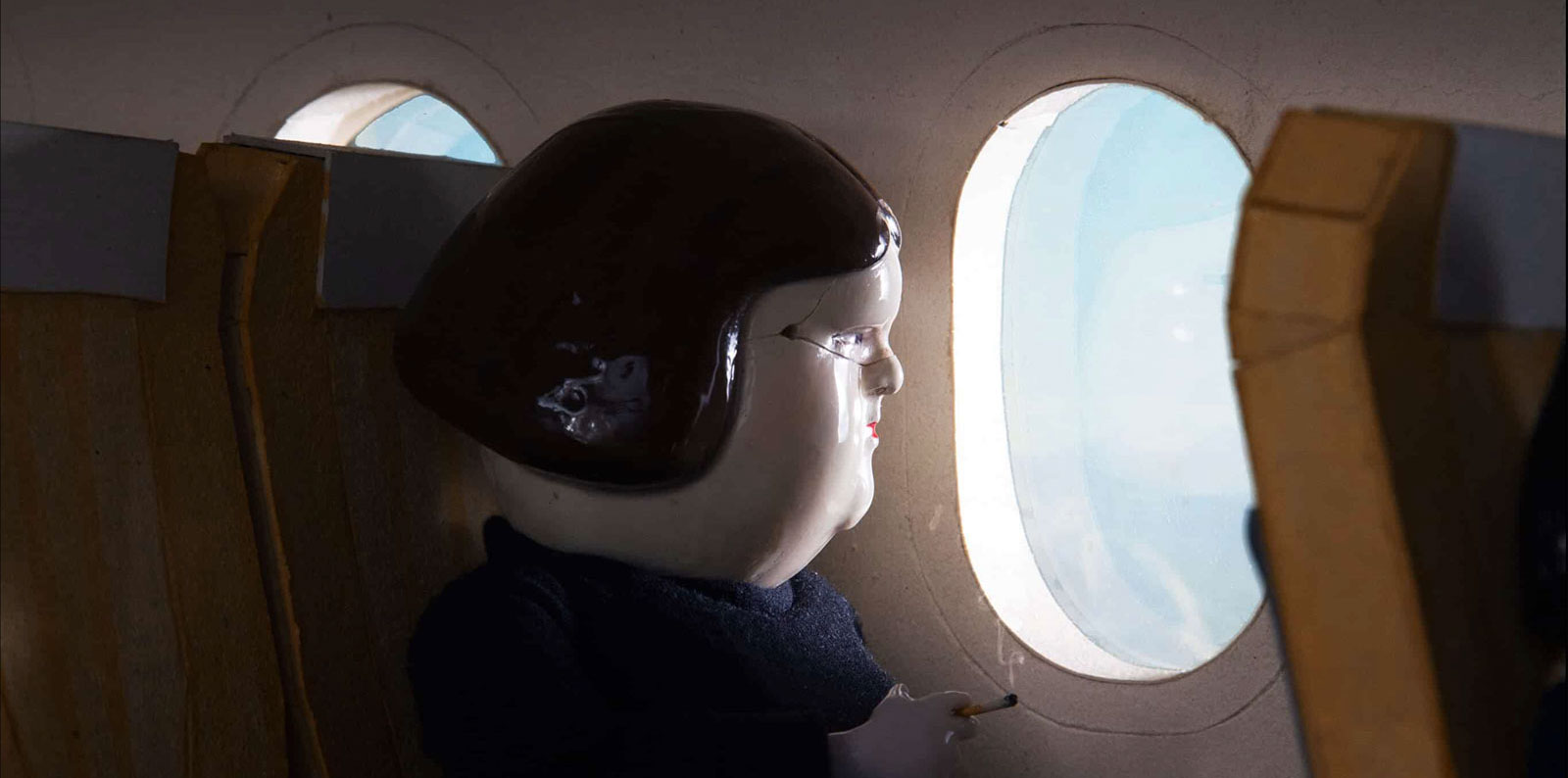
“We wanted to represent this woman as someone who isn’t sure about her place in society in relation to gender. This relates to the role that women had during the Holocaust, specifically the role that Nazi women had in juxtaposition to the Nazi men and to the Jewish women they murdered. Ingrid only tortured women, and she taught other women how to torture women. This creates a strange binary, because Ingrid in the end was almost like another man. Since she was a woman she was tasked with torturing women and instructing women, but what the women she tortured felt was that Ingrid was just like the men. We wanted to portray that inner conflict in the scenes where she tries to discover or recognize herself in her private life.” He added.
The design of the protagonist was based on the aesthetics of porcelain dolls, to convey the inexpressiveness and coldness of the character. The character was created with polyurethane resin bathed in crystal resin, to give her face a texture similar to ceramic. Meanwhile, the sets and decorations were made with different opaque cardboards to create a contrast with the brightness of the resin.
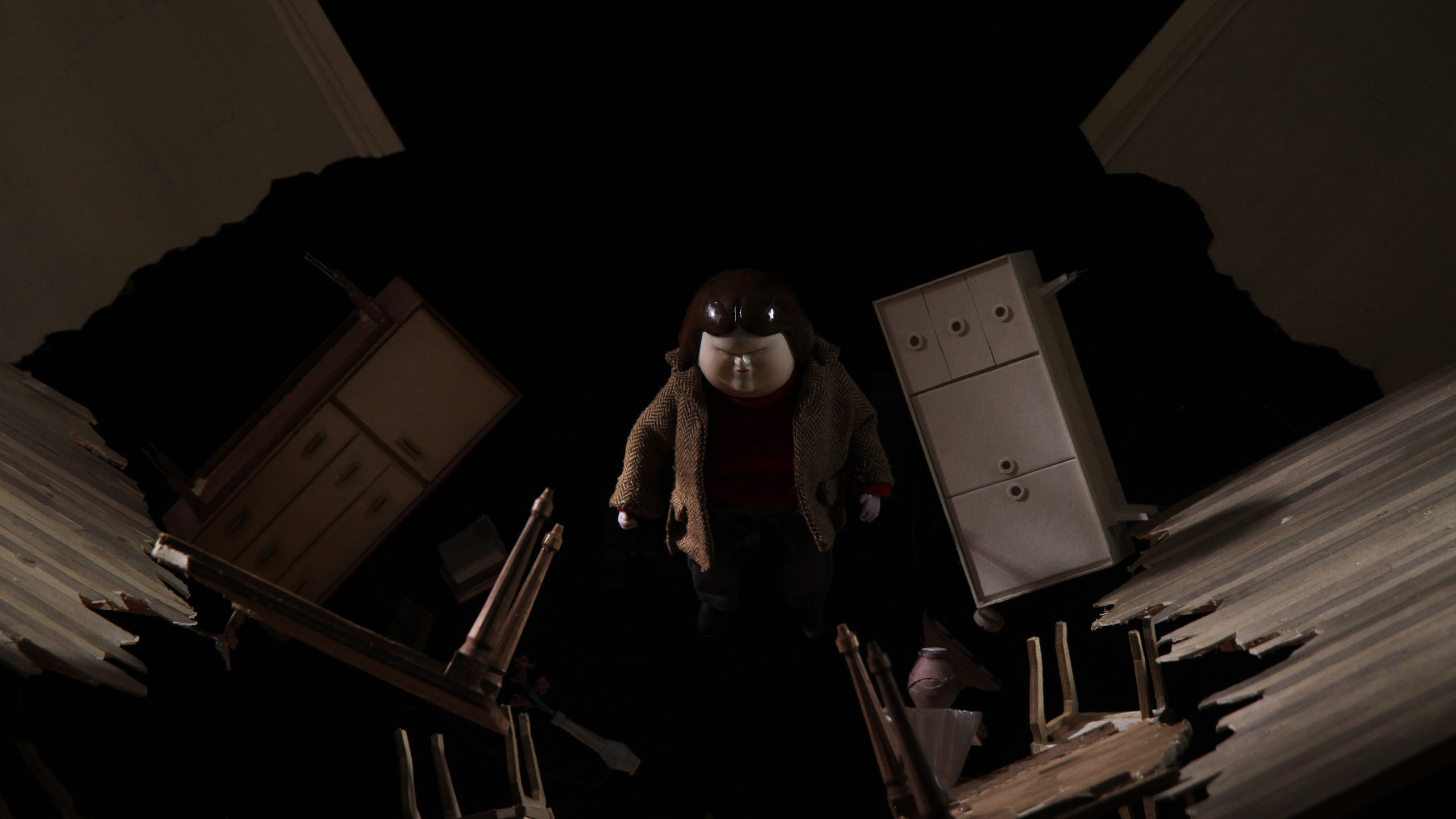
‘Bestia’ won Best Animated Short Subject at the 49th Annie Awards. It also made the shortlist for Best Animated Short Film at the 94th Academy Awards, later achieving the nomination, becoming the second Chilean animated short film to be nominated for an Oscar after Bear Story in 2016.





